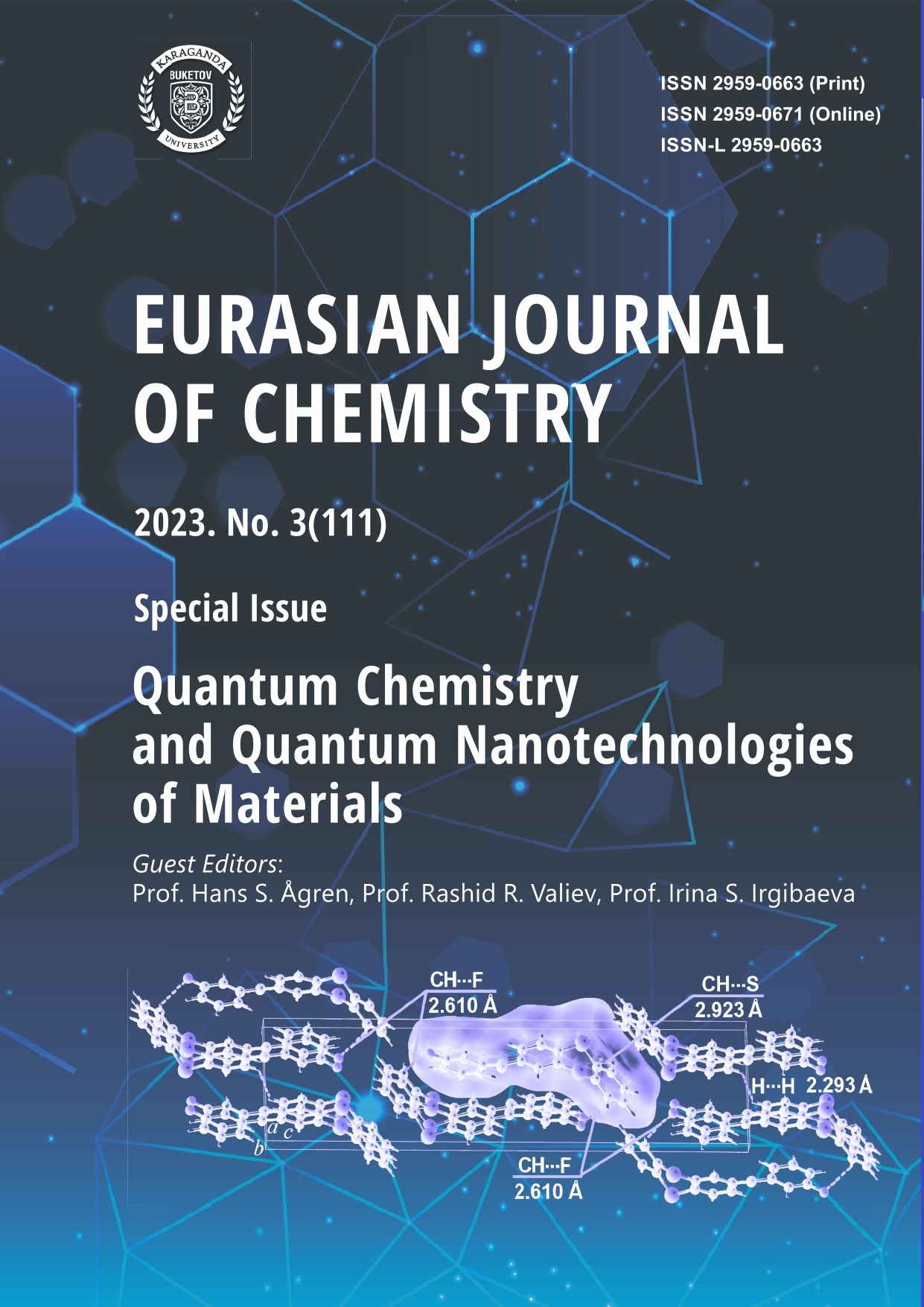Spin Catalysis in Photochemical Reactions and Its Applications to Quantum Information Nanotechnology
DOI:
https://doi.org/10.31489/2959-0663/3-23-6Keywords:
spin catalysis, quantum information science, high-spin states, radical luminescence, quantum nanotechnology, spintronicsAbstract
Chemistry as a science about spin and electric charge of micro particles which provide driving forces of atomic interactions and molecular structure transformations fits pretty well to the modern Quantum Information Science (QIS) requirements. Today’s computers operate only electric current signals in the semiconductor networks but the electron-spin properties are not exploited in a large extend. Spintronics provides spin-polarized currents and manipulates magnetic spin interactions; it uses mostly solid state chemistry of heavy elements. But a rich organic chemistry of solvents and fin films offers a great potential for molecular electronics and quantum computing. Photo-excited organic complexes of the “chromophore–radical” type provide good promise for many technological applications in molecular spintronics and electronics, including QIS technology. The doublet state photo excitation of stable organic radical being delocalized onto the linked anthracene molecule within picoseconds and subsequently evolved into a quartet state for big radicals (a pure high spin state) of the mixed radical-triplet character presents a sensible spin-optical interface for qubit in quantum computing. This high-spin state is coherently addressable with EPR microwaves even at room temperature, with the optical read-out induced by intersystem crossing (ISC) to emissive triplet state. Such integration of radical luminescence and high-spin states EPR provides the organic materials involvement into emerging QIS technologies.
Downloads
Additional Files
Published
How to Cite
Issue
Section
License
This work is licensed under a Creative Commons Attribution-NonCommercial-NoDerivatives 4.0 International License.
Authors retain copyright and grant the journal right of first publication with the work simultaneously licensed under a Creative Commons Attribution License (CC BY-NC-ND 4.0) that allows others to share the work with an acknowledgement of the work's authorship and initial publication in this journal.




